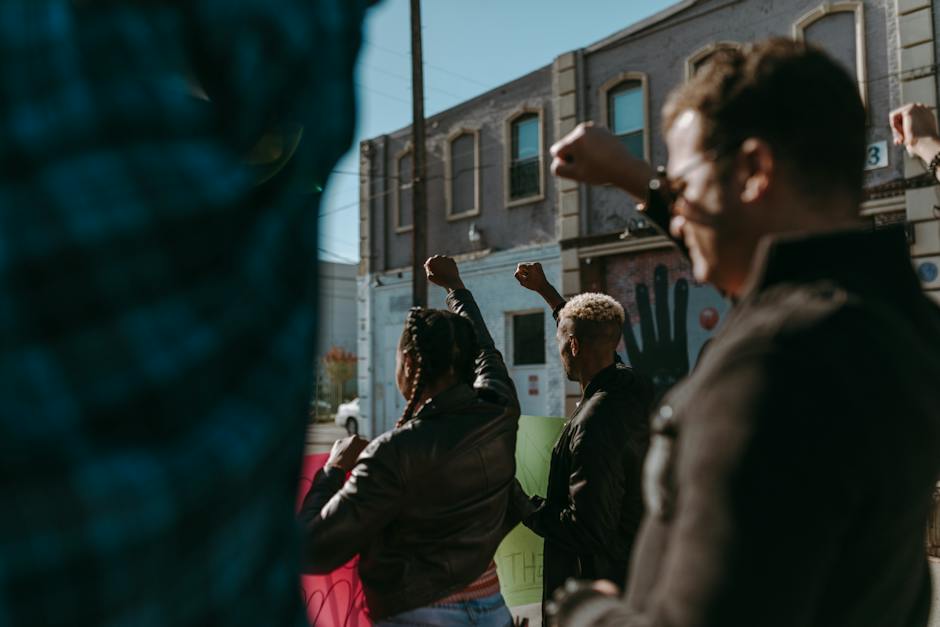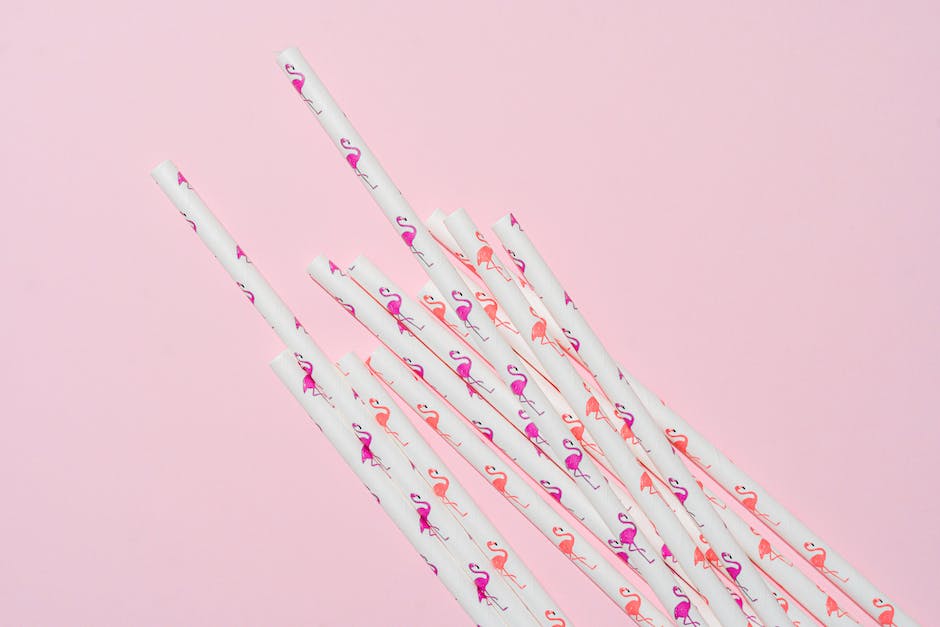
In your endeavor to know your branding better, you may have wondered how the banners that highlight your business are brought to life. This process, often overlooked, plays a significant role in communicating your brand’s message to your target audience. Delving into the world of banner printing, we find a mixture of technique, high-quality materials, and advanced technologies that operate behind the scenes. This synergy is necessary to produce those eye-catching signs you see adorning storefronts, marketing campaigns, and trade shows. This post aims to peel back the layers involved in the intricate process of banner printing, making it easier for you to understand and appreciate the hard work poured into each banner.
Different Types of Banner Materials
Banners are global staples in advertising and come in many forms, crafted from diverse materials to suit different environments and purposes.
Vinyl banners, the most popular, are frequented for their durability and tolerance to outdoor conditions.
Fabric banners, on the other hand, offer an upscale finish with a natural, soft look, ideal for indoor events or trade shows.
Mesh banners serve well outdoors, specifically on windy conditions. Their unique mesh weave allows wind to pass through, mitigating tear risk.
Lastly, there are poly banners – weather and tear-resistant, lightweight, and especially suited for temporary outdoor use.
Knowing the right materials for your banner can help you maximize its marketing potential. Ensure you select based on your banner’s function, location, and expected lifespan.
The Role of Ink in Banner Printing

In banner printing, ink plays a pivotal role.
The type of ink used will depend on the print technology and material, with solvent-based, latex, UV, and aqueous inks being the sector standards. Solvent-based inks, for example, are known for their durability and vibrancy, making them ideal for outdoor banners.
The quality of the ink impacts the overall banner quality. High-quality inks generate crisp, vivid images with excellent color accuracy.
Also, certain inks have special properties. UV-curable inks, for instance, resist fading, withstand different weather conditions– making them optimal for long-term outdoor use.
Choosing the right ink is a delicate balancing act, considering factors like longevity, vibrancy, and cost. Rest assured, expert printers are equipped to make the best decision for your banner project.
The Process of Digital Banner Printing

Digital banner printing is a multi-step process that begins with design. Designers use advanced software to create visually engaging and unique graphic designs tailored specifically for your adverts.
Once the design is finalized, it’s converted into a format that can be read by the printing machine.
Next comes the actual printing. The printer, generally a large format or wide format printer, transfers the design onto a banner made of suitable material like vinyl or fabric.
A process known as “curing” takes place where the banner is heated to ensure that the ink dries properly and the design doesn’t smudge or fade.
Finally, there may be a finishing stage that could involve adding grommets, hems, or stand mechanisms, depending on how the banner will be displayed.
It’s a robust process aimed at ensuring longevity and visual impact.
Screen Printing: An Alternative Method

Screen printing is a traditional method that’s been used to print banners for decades.
This technique employs a mesh screen, a stencil, and ink to produce vividly colored banners. The procedure is fascinating and involves blocking certain parts of the screen, then forcing ink through the unblocked sections onto the banner material.
Each color used in the design calls for a separate screen, thus this method is more suitable for designs with lesser colors. However, the outcome is a stunningly vibrant and long-lasting print.
Screen printing’s durability is its main advantage. The heat-cured ink withstands harsh weather and the colors remain striking for years.
Though it may not be ideal for complex multi-colored designs, screen printing offers durability and vibrancy like no other banner printing method can.
Understanding Large Format Banner Printing

Banners are a compelling marketing tool, capable of generating immediate visibility for your brand. But have you ever wondered how they are printed? Let’s delve into large format banner printing.
This process begins with high-resolution digital files, which are essentially scaled-up versions of your design. These files are then transferred onto vinyl sheets, the most common material for banners, using a specialised large format printer. This printer utilizes eco-solvent inks for a rich, vibrant and durable finish. With variable dot printing technology, these printers can produce incredible detail, even on a vast scale.
After printing, the banners undergo a finishing process. They are typically hemmed for strength and fitted with grommets for ease of hanging. Now you have a final product that is versatile, durable and sure to make an impact. Effectively, understanding these steps can make you appreciate the beauty of your next banner more.
Role of Color Management in Printing

In the realm of banner printing, color management plays an integral role in ensuring the final product is a true representation of the intended design.
Each color must be accurately represented, and this is where color management steps in. It regulates the consistency and quality of colors used, making sure that what you see on your computer screen is what you’ll get on the final printed banner.
Years of experiments in color science and technology have given us a wide pallet of colors to choose from, elevating the visual impact of a banner.
In addition, correct color management also helps in effectively controlling the costs of ink and paper, reducing waste, and enhancing productivity.
Thus, effective color management is pivotal to both enhancing aesthetics and implementing cost and waste control in the print industry.
Banner Finishing: Cutting and Hemming

After the illustration and printing processes are completed, banners are moved into the finishing phase. Cutting is first, where the banners are trimmed to their correct size. High-precision cutting equipment ensures accuracy, so banners fit perfectly wherever they’re displayed.
The next step is Hemming. This is where the raw edges of the vinyl banners are folded back, then heat-sealed. This creates a clean, professional-looking finish, reinforcing the edges and adding durability. These hemmed edges play a significant role, especially in outdoor settings, where they help banners withstand elements like wind and rain.
The importance of this stage cannot be overstayed. It guarantees the aesthetics and longevity of your banners, keeping them professional and presentable over their lifespan.
Advantages of Professionally Printed Banners

One cannot overlook the advantages of opting for professionally printed banners for your business promotions.
One clear benefit is the superior quality you get.
Professional banner printers use high-resolution images and advanced printing tools that create sharp, vibrant, and visually appealing banners.
Another advantage is the durability.
Professionally printed banners are typically made with heavy-duty vinyl materials that can withstand weather changes, making them suitable for outdoor use.
Lastly, customized design is a significant perk.
Professionals can tailor-make banners to fit your specific business needs, helping your brand message stand out.
Investing in professionally printed banners is investing in visibility, longevity, and a unique brand identity.









